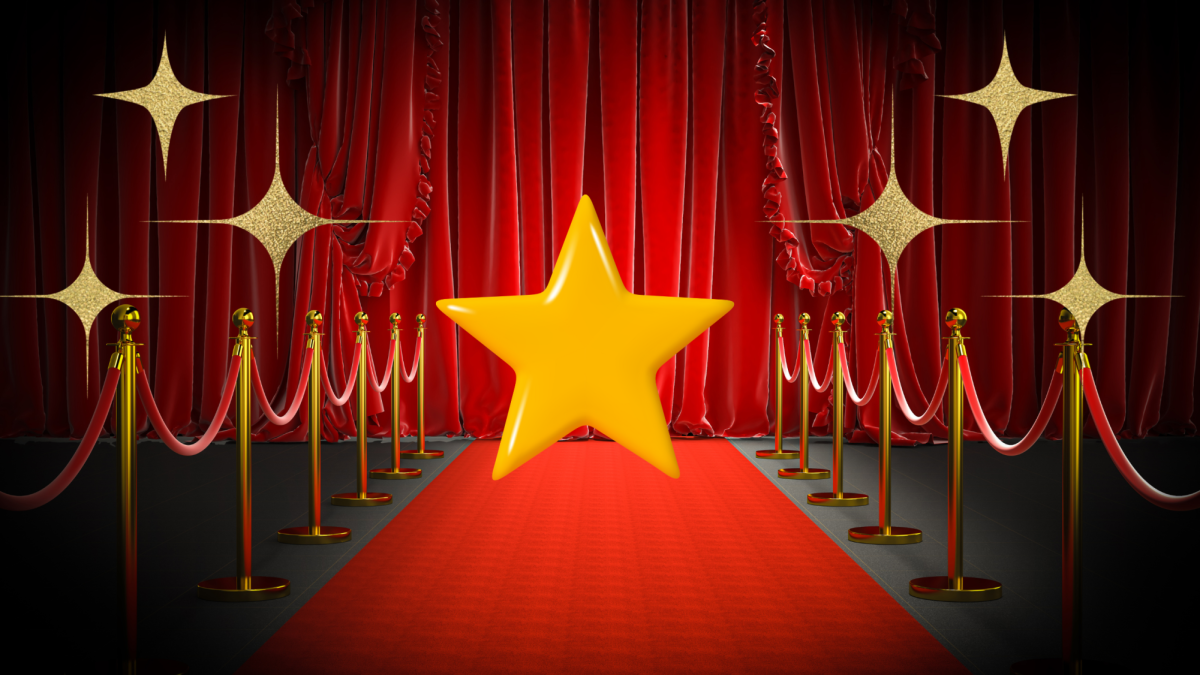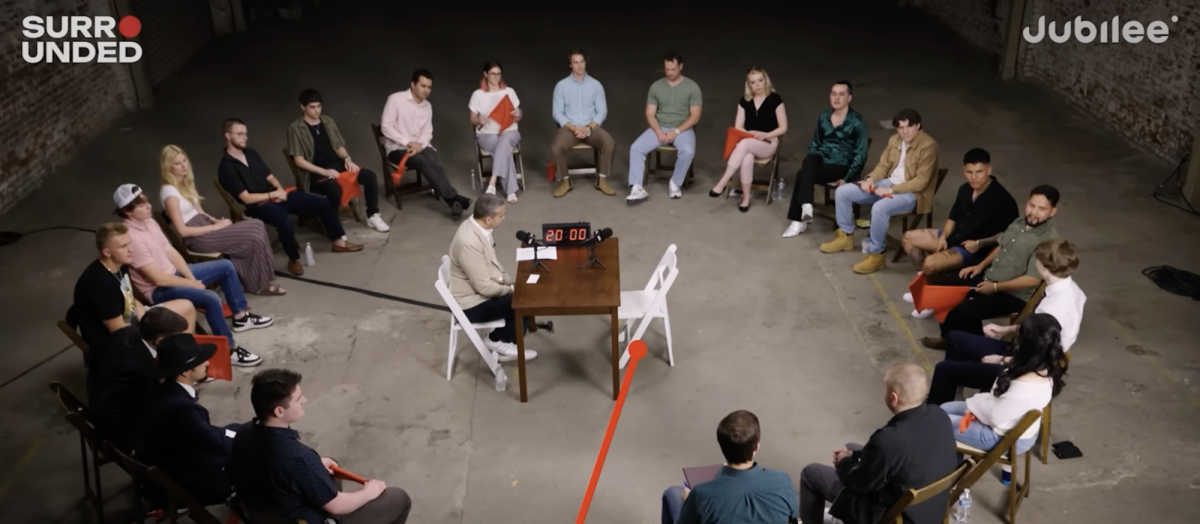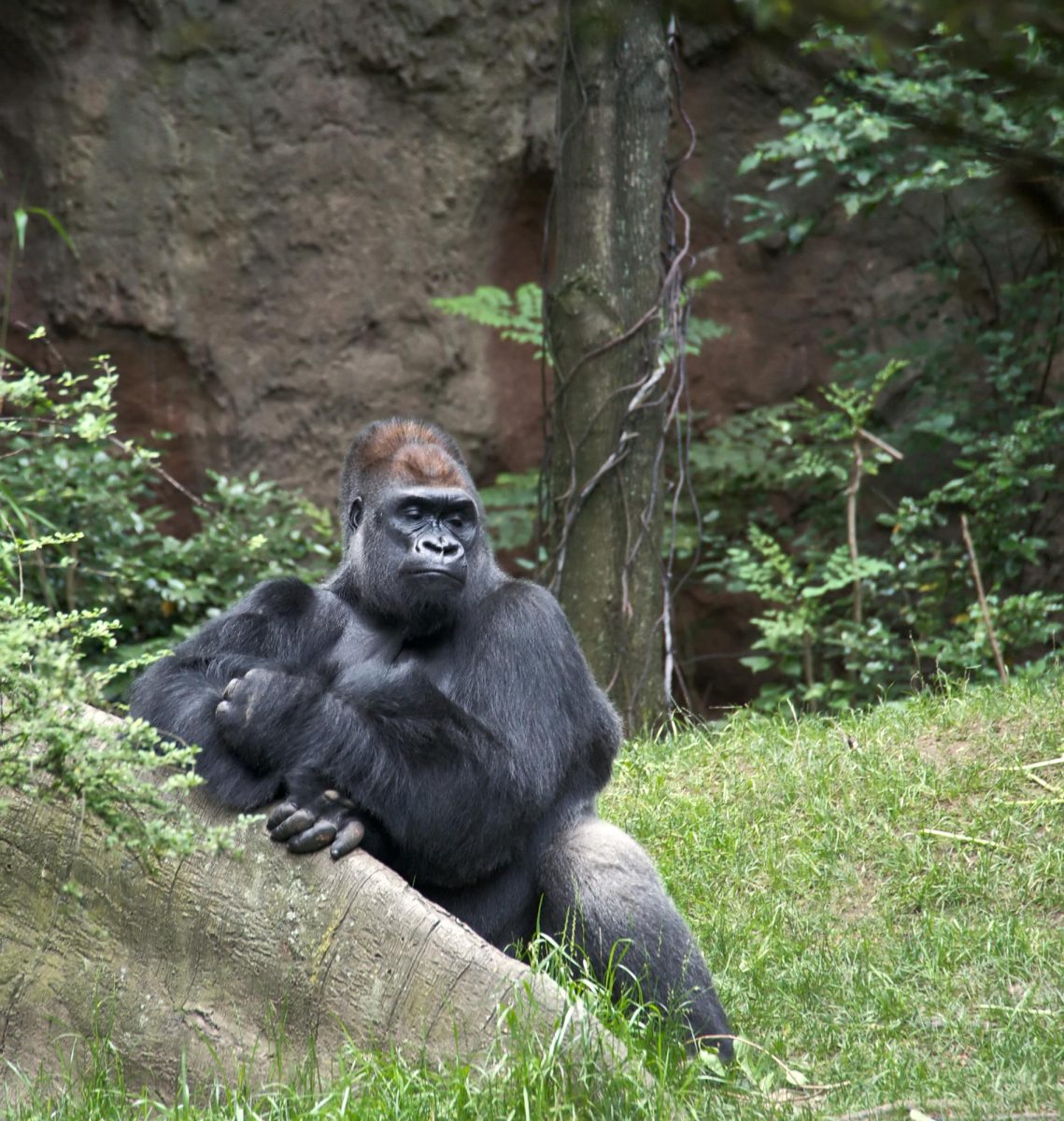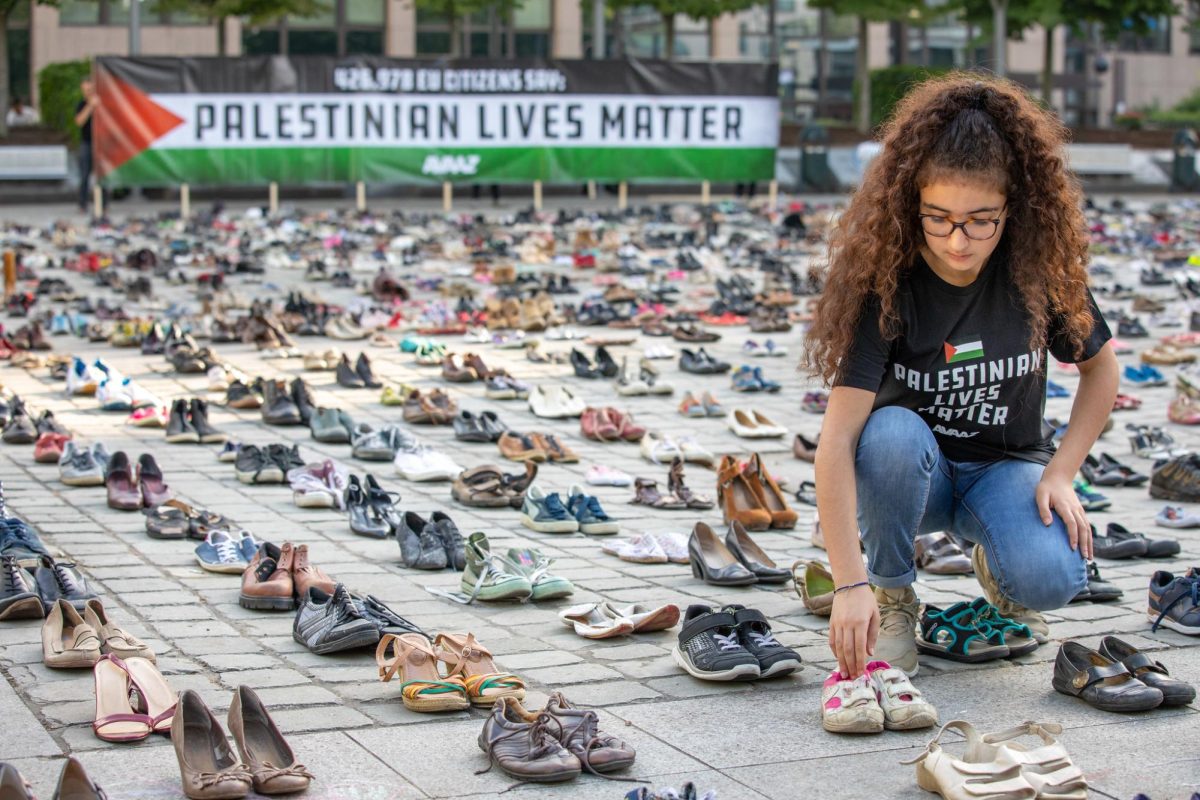The walls of the room are filled with character and the souls of all the ones to come before us; you can feel it and slightly smell it. The room is drenched with moody lamps that control the entire space with their colorful light bulbs, beaded velvet curtains draped over each door frame, and mirrors on nearly every wall creating texture and never-ending space that sucks you into your uncomfortable chair.
Brownstone Jazz has been sharing its love of jazz for sixteen years and continues to be orchestrated by the same woman who started it all, Betty, and her husband, the lead bass player. This 1800s Victorian brownstone houses a small and intimate event for people with a connection and appreciation for jazz, art, and culture. It is a ticketed event, 21+, BYOBB (bring your own brown bag) and has a dress code, all further enhancing the charm of the space. The space encourages conversation and community; there are seven tables, each with four chairs lined up in two rows with barely enough aisle space for one person to squeeze through without repeatedly saying, “Sorry, excuse me”.
In Brooklyn’s historically jazz-ridden neighborhood, Bedford-Stuyvesant, you will find the one and only Brownstone Jazz. It’s known for its many famous jazz venues, which have housed legendary performers such as Miles Davis, Duke Ellington, Cab Calloway and more. Since jazz music emerged in New Orleans in the early 20th century as a blend of African American musical traditions such as blues and ragtime with influence from European styles, it has become a staple in Black-American culture.
In the first twelve years of their existence, Brownstone Jazz filled their room relying on the “if you know, you know,” cultivating an audience of people who needed jazz to keep their blood running, people who closed their eyes with the pianist as his fingers ran across the keys. However, younger generations have been using social media to oversaturate every unique establishment or experience in New York; Brownstone Jazz has fallen into that category. Over the past few years, their performances have blown up on TikTok and Instagram, and you can now find them under any “What to do in NYC” search.
The Sunday performance was sold out. Each table held two sets of couples who were strangers to each other, and then there was a singles table (this is where I sat). I shared a bottle of red wine with three strangers while trading life stories and giving each other glances full of excitement after one of the band members executed a crazy riff.
The girl sitting beside me was named Joy; she was the only other person around my age (we were the youngest in the crowd). Joy moved to the city six months ago, and ever since she saw the event on TikTok, she has been dying to go. She didn’t know much about jazz but got excited when they played the highly requested song, “Unforgettable” by Nat King Cole—there’s the slight glisten of jazz culture.
Bringing the space back to its roots, an older woman sitting at the table to my right was a regular; she clearly knew the pianist well. As he strutted down the aisle after his name was announced, he grabbed and rubbed her shoulder tenderly as he walked past, leaving a soft smile on both their faces.
The dress code wasn’t as strict as they let on; someone wore leggings with chunky sneakers, another with baggy jeans, a cardigan and Dr. Martens, while others showed off their best dress and heels. Hot topic trends have started infiltrating the space, distastefully clashing with the carefully handcrafted ambiance.
Gatekeeping culture consistently faces criticism; we need to preserve authentic and intimate experiences–not everything has become a trend. We have seen this happen to multiple niche clubs and bars that have recently become the new hot spots for 20-year-olds; nothing feels special anymore. However, on the flip side, today, multiple authentic and niche establishments need to increase demand to keep their business running; they rely on the publicity that social media brings. Ticket prices have spiked; unsure of the original cost, this is the purest depiction of the economic theory of supply, demand and revenue.
Despite the space’s ability to transport you back to the 1930s, they heavily lean on the 21st-century ability to spread the word of a place like rapid fire. They live-streamed the entire show on their social media and made sure to plug their socials and remind the audience to share their experience with their friends. And maybe, just maybe, the social media junkies that visit places filled with culture and history, like Brownstone Jazz, will start to experience passion for culture as it slips in with every sip from their plastic water cup filled with wine glass.
Every so often, they would give a little background on the song they were about to play. The environment held the hands of those who couldn’t answer the jazz trivia and rubbed the shoulders of those who knew every jazz club and artist the owner mentioned at the beginning of the set. The audience almost fully consisted of first-timers, both native New Yorkers and visitors, who got wind of the exclusive jazz performance through their socials and wanted a special date night spot. However, the audience was still filled with people who appreciated the art and soul of the music, even if they didn’t know every fun fact.
The audience’s knowledge may have changed, but the passion and demographics haven’t. I cannot speak for the other nights, maybe Fridays are filled with “teeny boppers” (as the woman who checked tickets referred to them), but the night I sat on the uncomfortable chair, tipsy with strangers in a moody room, it didn’t feel like the authenticity was lost. Business may be booming, but is it worth the loss of passion and intimacy that runs through the audience?







